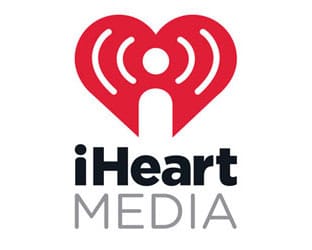The new year will bring big changes to the Washington, D.C. broadcast regulation scene.
There’s the inauguration of a new President and installation of a new FCC chair, who will make an imprint on the agency with his or her own priorities.
What can broadcasters expect with respect to D.C. regulation in January 2020? David Oxenford of Wilkinson Barker Knauer offered a detailed look at what’s important to radio and TV station owners and managers.
As Oxenford writes in the WBK Broadcast Law Blog, on or before January 10, all full-power broadcast stations, commercial and noncommercial, must upload to their online public inspection files their Quarterly Issues Programs lists, listing the most important issues facing their communities in the last quarter of 2020 and the programs that they broadcast in October, November and December that addressed those issues.
Oxenford says, “These lists are the only documents required by the FCC to demonstrate how stations served the needs and interests of their broadcast service area, and they are particularly important as the FCC continues its license renewal process for radio and TV stations.”
He notes that one can find a short video on complying with the Quarterly Issues/Programs List requirements here.
Television stations should also be preparing their annual Children’s Television Programming Report (Form 2100, Schedule H – formerly Form 398) and certification of compliance with commercial limits in their children’s programming.
“The Form 398 would normally be due to be filed at the FCC on January 30 but, as that date falls on a Saturday, the FCC filing deadline this year is February 1, the next business day,” Oxenford says, noting that this is the first time that stations will file a “KidVid” report covering an entire year and not just one quarter.
FCC rules also require that stations place in their public files by January 30 of each year records documenting compliance with the limits on the number of commercial minutes that stations can allow in children’s programming.
Oxenford also shares that reply comments are due in two proceedings that will affect broadcasters.
Interested parties have until January 25 to submit reply comments in the FCC’s foreign entity sponsorship identification proceeding. This proceeding seeks to enhance and standardize the on-air disclosure that broadcasters must make when programming is supplied or paid for by a foreign entity or its representatives.
Also due that same day are reply comments on the petition by the National Association of Broadcasters to clarify who is legally responsible for the programming on a subchannel of one TV station when that programming is a simulcast of another station’s programming.
This would include when the subchannel is acting as the required ATSC 1.0 “lighthouse” signal for the primary video stream of a station that has converted to ATSC 3.0 (Next Gen TV) operations. The NAB suggests that the originating station, rather than the host station, should be liable for the public service, political broadcasting, public file and other legal obligations that arise from that programming.
Looking ahead to February, television and radio stations in several states must file applications for license renewal and file and upload EEO reports.
By February 1, TV stations in Arkansas, Louisiana, and Mississippi and radio stations in Kansas, Nebraska, and Oklahoma must file their license renewal applications through the FCC’s Licensing and Management System (LMS).
Those stations must also file with the FCC a Broadcast EEO Program Report (Form 396) and, if they are part of an employment unit with 5 or more full-time employees, upload to their public file and post a link on their station website to their Annual EEO Public Inspection File report covering their hiring and employment outreach activities that occurred in the period from February 1, 2020 to January 31, 2021.
TV and radio stations licensed to communities in New Jersey and New York also must meet their Annual EEO Public Inspection file report obligations on February 1.





